Opinion
A charged view
Nepal has adequate potential to generate the much-needed energy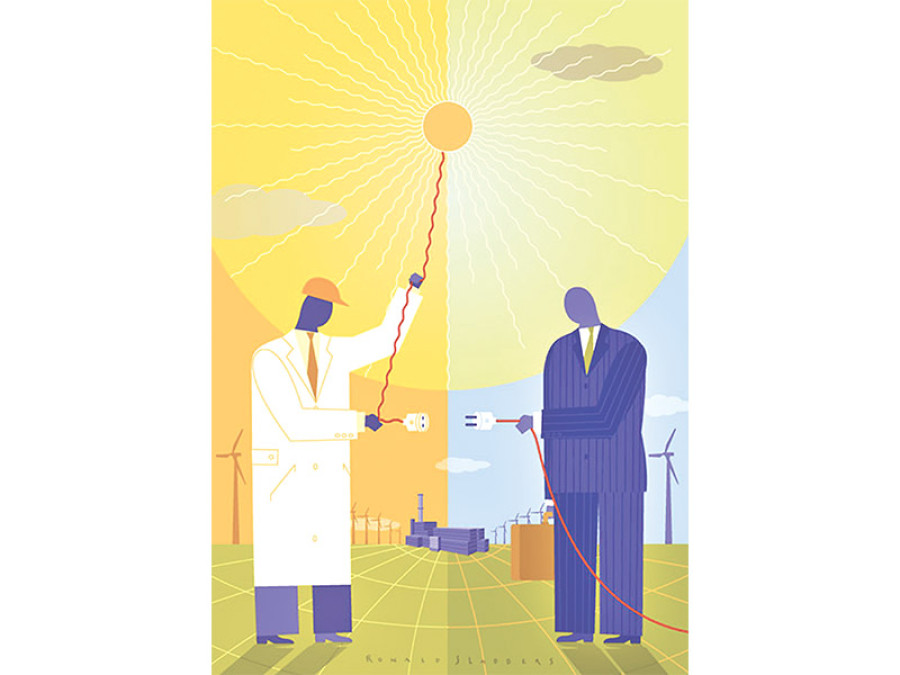
David Kainee
In 1989, India imposed an economic blockade on Nepal because king Birendra allegedly imported guns from China. Nepal is once again facing a similar ‘unofficial’ blockade by its southern neighbour. Since then, much water has flowed under the Bagmati Bridge. But our leaders seem to have learnt nothing from the episode. Otherwise, we would probably not have suffered much from the ongoing Indian embargo.
After the restoration of multiparty democracy in 1990, our parliamentary leaders wasted valuable time in horse trading. Since then, no single government has been able to serve for a full term resulting in severe political instability. The Maoist insurgency engulfed the country for more than 10 years. Then, after the signing of peace accord, the Constituent Assembly (CA) finally completed the new constitution after eight long years. Yet, the fanfare surrounding the promulgation of the constitution was short-lived as India imposed a blockade crippling the lives of the common people during the festive season.
Electricity and biogas
Against this backdrop, it is high time Nepal invested its energies in making the country self-sufficient in power. Before the constitution-writing process was over, leaders would frequently say that once the statute was completed, they would devote themselves to trigger an economic revolution. They should now walk the talk as the country has been paralysed due to its excessive dependency on India.
Nepal needs to do is to find an alternative to fossil fuels. The reason behind the alarming trade deficit with India is the annual import of petroleum products and Liquefied Petroleum Gas (LPG) worth around Rs 50 billion. The underlying cause behind the surge in import is the diminutive electricity supply. Had there been uninterrupted power supply in Nepal, the import of fuel could be reduced by 43 percent—as it would eliminate the use of generators powered by fossil fuel.
Energy experts believe that if we could generate 1,300 MW hydroelectricity, it could replace the use of LPG in most households as the cost for using electricity for cooking stands at Rs 960 per month. Even in rural areas, remittance- receiving families have switched to LPG. The government should instead encourage the people in the villages to set up biogas plants.
According to Alternative Energy Promotion Center 2,56,662 biogas plants have been installed in the country so far. Biogas is a mixture of different gases; it is produced by methanogenic bacteria feeding on bio-degradable materials in anaerobic conditions. It is a mixture of 70 percent of methane and 30 percent of carbon dioxide. Biogas plants can even be connected with toilets.
Nepal, despite being rich in water resources has failed to generate hydropower. Water, which is known as ‘white petroleum’ could also work as fuel to run vehicles. The acute fuel shortage must have reminded the people of Kathmandu of the trolley buses set up through Chinese assistance from New Baneshwor to Suryabinayak in Bhaktapur. If the government had checked rampant corruption and upgraded the trolley buses, it would have some respite in these trying times. Nepal could learn a lesson from Bhutan which is aiming to become the world leader in the use of electric vehicles. Its visionary prime minister, Tshering Togbay, has set a target for 70 percent reduction in fossil fuels imports by 2020. Our leaders should realise that if hydropower development becomes our topmost priority, the dependency on fossil fuels imported from India will cease to be a problem.
To reduce the consumption of petrol and diesel, the government should encourage people to use public vehicles instead of private ones. In this regard, the government should first manage the chaotic traffic of Kathmandu and regain the lost faith of the common people in public vehicles. Once the government manages the chaotic traffic, it can put in place a rule of using public vehicles once a week. It could even encourage people to join the intiative to build a separate bicycle lane. Nepal has adequate potential to generate the much-needed energy. Among them is also wind and solar energy. Thini and Kagbeni sites of Mustang district have good wind potential. If the government installs infrastructure for wind farming we could meet the energy needs of the local people in the surrounding areas. There are dozen of such sites in the country where there is huge potential of wind power but due to the negligence of the government we have not been able to harvest it. In the rural Tarai belt, government could install solar panels to generate electricity. Various studies have shown that solar energy is cheaper than electricity. To install solar panels, investment is only required for installation.
Learn from Sikkim
Therefore, if our leaders had learned lessons from the blockade of 1989 today our country would not have suffered from the lack of petroleum products. This is the right time to wake up from our slumber and start working to make the country self sufficient in energy. I had gone to Sikkim last year to participate in the conference. I was amazed to see uninterrupted supply of electricity throughout the whole day and to my surprise, I came to know that much of the electricity is distributed free of cost by the state government. Sikkim has generated above 8,000 MW of electricity from a single river, Teesta, meeting the energy needs of the whole of Sikkim as well as exporting to other states of India. Nepal has thousands of rivers; why can’t we do the same?
Until and unless Nepal becomes self dependent by becoming economically vibrant, our nationality and sovereignty will always be under attack.
Kainee is associated with Global Hope Network International




 18.12°C Kathmandu
18.12°C Kathmandu

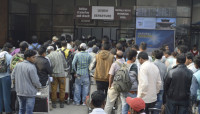
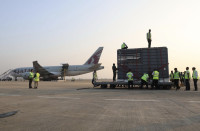
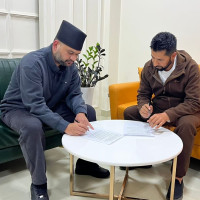
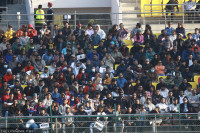
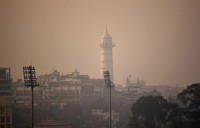



%20(1).jpg&w=300&height=200)

